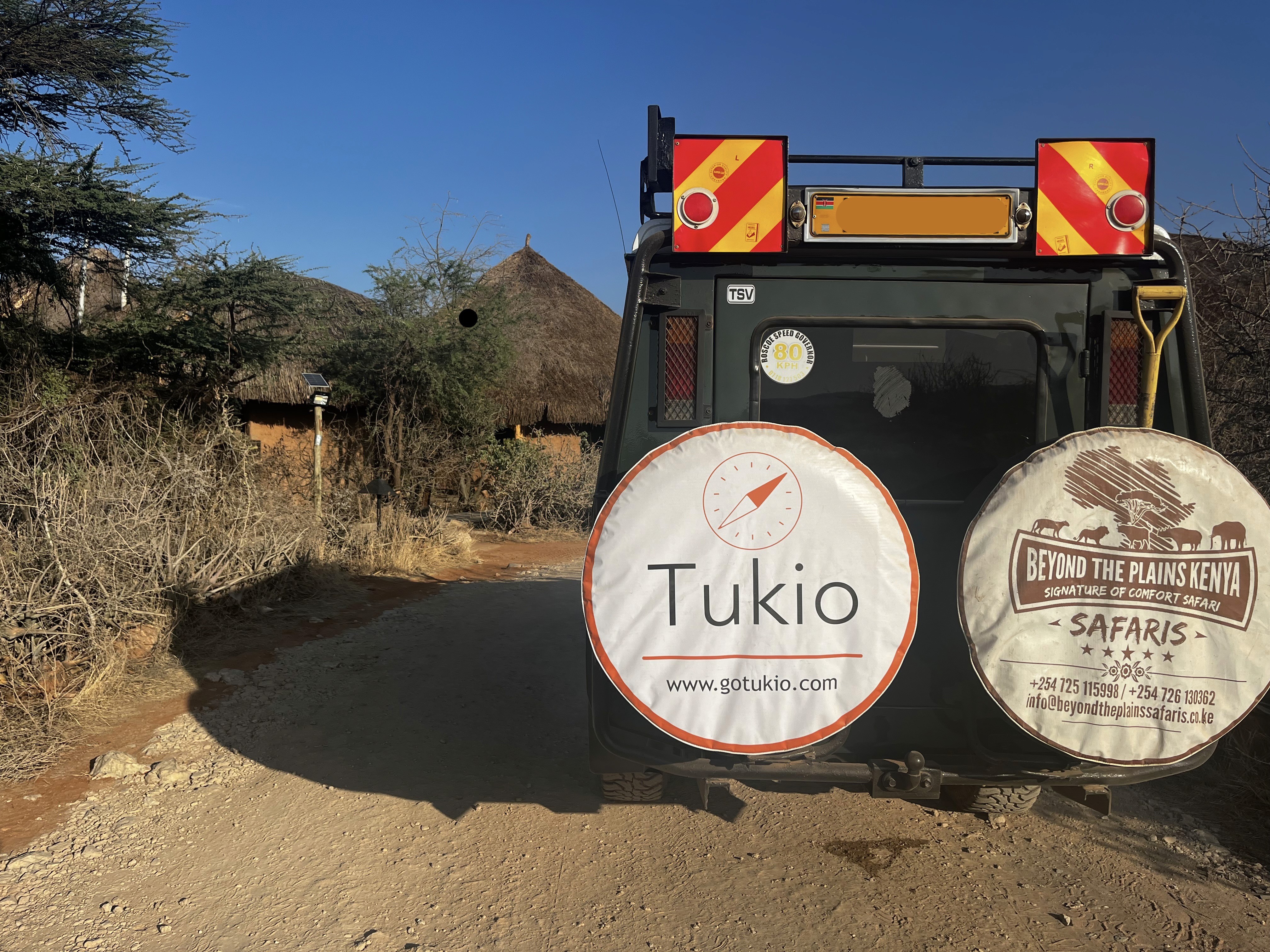Gorilla trekking is one of the most powerful wildlife encounters on earth. Deep in the misty forests of East and Central Africa, small groups of travelers set off each morning to find families of endangered mountain gorillas and observe them quietly in their natural habitat. If you’re dreaming about this once-in-a-lifetime experience, here are the answers to the most frequently asked questions.

1. What is gorilla trekking?
Gorilla trekking is a guided hike through tropical forests to find and spend time with habituated gorilla families. It’s led by expert rangers and trackers who locate the gorillas based on their last known nesting spots. Once found, you’ll spend one unforgettable hour observing them in the wild. A habituated family is a group of wild gorillas that has been gradually and safely accustomed to the presence of humans.
2. Where can you go gorilla trekking?
The only countries where you can trek to see mountain gorillas are:
Uganda 🇺🇬 Bwindi Impenetrable National Park & Mgahinga Gorilla National Park
Rwanda 🇷🇼 Volcanoes National Park
Democratic Republic of Congo (DRC) 🇨🇩 Virunga National Park
All three are part of the Virunga Massif ecosystem, home to roughly 1,000 remaining mountain gorillas.
3. What’s the difference between mountain and lowland gorillas?
Mountain gorillas live in high-altitude forests (like Bwindi or Volcanoes NP), with thicker fur and smaller groups.
Lowland gorillas live in warmer, flatter regions of Central and West Africa.
Most trekking experiences focus on mountain gorillas, which are critically endangered and not found in zoos.
4. Is gorilla trekking safe?
Yes, as long as you follow ranger instructions. The gorillas visited are habituated, meaning they’re accustomed to human presence but remain wild. Trekkers are always accompanied by armed rangers for safety (from animals, not people).
5. When is the best time to go gorilla trekking?
The best times are during the dry seasons:
June–September and December–February
Trails are less muddy, visibility is better, and the overall trekking experience is more comfortable.
That said, gorilla trekking happens year-round, and seeing gorillas is almost always guaranteed.
6. How far in advance should you book a gorilla trekking trip?
Permits are limited (only 8 people per gorilla group per day).
Book at least 3–6 months in advance, especially for peak months (June–September). For Christmas or New Year trips, even earlier.
7. How difficult is the hike to spot the gorillas?
Difficulty varies by group. Some treks can take 30 minutes, others 4 to 6 hours through steep, muddy, and humid terrain.
A moderate level of fitness is recommended, and porters are available to carry bags.
8. How long does it take to find the gorillas?
Typically between 1 and 4 hours, depending on where the gorillas moved overnight. Your trekking team communicates by radio to guide groups to the gorillas’ current location.
9. How close do you get to the gorillas?
You’ll be about 7 meters (21 feet) away from your gorilla family when you spot it. Close enough for incredible photos and eye contact, but far enough to keep both you and the gorillas safe from disease.
10. How much time do you spend with gorillas on the trek?
Once found, you’re allowed one magical hour with the gorillas. This limit protects the gorillas from stress and ensures responsible tourism practices.
11. Why is the gorilla trekking permit so expensive?
Permit costs support:
Park protection and ranger salaries
Anti-poaching units
Local community projects
Conservation research
They’re not just an entry fee, they’re a contribution to keeping gorillas safe for future generations.
12. How is gorilla trekking eco-friendly and ethical?
Strict visitor limits (8 per day) minimize impact
Permits fund conservation and community development
Rangers monitor gorilla health and protect them from poaching
Responsible trekking creates an economic reason to conserve forests rather than exploit them.
13. What happens if you don’t find the gorillas on your trek?
It’s extremely rare not to. Rangers track gorillas daily and use GPS and radio to locate them. If, on the rare occasion, your group doesn’t find them, some parks may offer another trek or partial refund.
14. How can I book my gorilla trek?
You can book through licensed tour operators or platforms like Gotukio.com, which curate ethical, verified safari experiences in Uganda and Rwanda. They’ll handle your permits, accommodation, and logistics so you can focus on the experience.
Final words
Gorilla trekking is not just a wildlife adventure, it’s a conservation story in action. Every visitor and every permit bought directly contributes to protecting one of the world’s most endangered species.
🦍 Start planning your trek today — explore gorilla trekking trips on Gotukio.com






